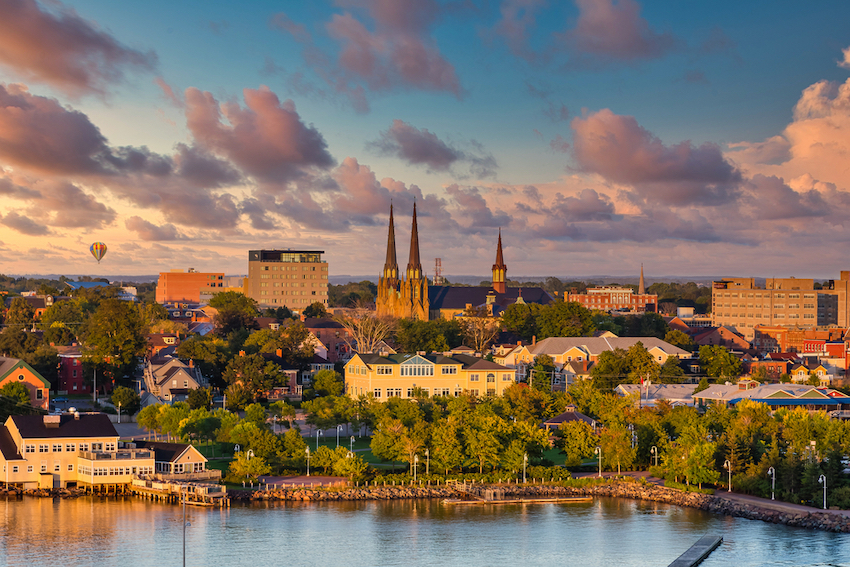

Is it time for the Channel Islands to think beyond finance... and towards Iceland? That might be the key to greater economic resilience, it has been argued.
At the Chamber of Commerce lunch, Chris Brock presented the findings of a new report by Islefact which has examined the vulnerabilities of islands that are reliant on one economic sector, which in the Channel Islands' case is finance, accounting for around 40% of GDP.
This leaves the both islands' economies vulnerable to external factors, like changing international standards or the UK's political landscape, while tax and revenues are at risk of being unstable because of this.
Indeed, the Fiscal Policy Panel – a group of economic experts tasked with advising the Government – pointed out in their latest report that, while the island was in a broadly healthy state, the "dependence on the financial services sector… is a source of risk as many of the factors that determine financial sector revenues and profits are outside Jersey’s control”.
Guernsey is also left vulnerable by limited land and a population profile which is seeing a drift to higher numbers in older age brackets which causes tension and stresses in health services and other areas.
"Diversification must be a partnership between Jersey and Guernsey in terms of engagement and with the public and private sector working in harmony looking at developing alternative economic sectors," said Mr Brock.
"And that's not just tourism as far as the Channel Islands are concerned. It could be technology, it could be bioscience and so forth.
"Alternative economic sectors should start to be looked at now in earnest over the next five to 10 years, turning the visitor economy into something very sustainable rather than mass tourism, enhancing education, skills and research.
"Investing in infrastructure and connectivity is very, very important in terms of how the island connects itself and what infrastructure it has to cope with the diversity, [as are] incentives to local entrepreneurship, strengthening trade and regional integration."
Mr Brock highlighted the case of Iceland, which was hit so badly by the financial crisis in 2008 and has since moved to successfully balance its economy.
"It went in to economic recession in 2010 to 2013 and it reinvented itself very much looking at support for other sectors. And that shows in how balanced the 2023 GDP figures are."
No sector in Iceland contributes more than 11% to GDP.
Prince Edward Island, with a similar population size as Guernsey, looked to diversify 15 to 20 years ago.

Pictured: Prince Edward Island.
It's largest sector is 14% of GDP. There, innovation is key in terms of the grants that support each sector.
Mr Brock said that in Guernsey and Jersey there could be substantial savings on public expenditure with a more integrated approach, particularly in health. It's an area the islands are looking at already.
Working together would enable rationalisation in infrastructure, transport, healthcare, education and the benefits of jointly addressing the demographic challenge, Mr Brock said, adding that the private sector has already embraced the harmony between the islands.
"Trying to look at a 10-year plan is difficult. There are all the things, social change, economic change, public engagement, demographics, politics, all pushing a 10 year strategy off course. Therefore, there's got to be an ability to be able to harness a long term plan where successive governments work in harmony with the previous one. So there's continuity through both of the islands."
FOCUS: A vision for overcoming challenges in the Channel
ISLEFACT launches with first review out now
Guersey's Chamber of Commerce presents insights for economic resilience
Comments
Comments on this story express the views of the commentator only, not Bailiwick Publishing. We are unable to guarantee the accuracy of any of those comments.